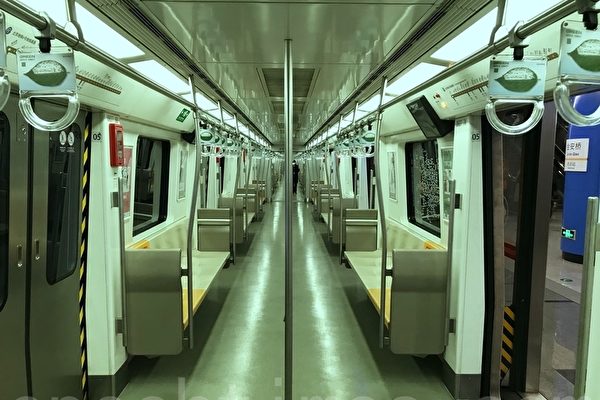China has currently announced the operational data of 29 cities’ subway systems from last year, and after deducting government subsidies, all of them are actually operating at a loss. In addition, the total debt of these 29 city subway systems has reached a staggering 4.3 trillion yuan. If other subway companies that have not disclosed their financial reports are included, the total debt of the national subway industry is even larger.
In 2023, 59 cities in mainland China opened urban rail transit systems. With a significant increase in passenger flow after the pandemic, how have the operations of subway companies recovered?
As of May 23, 29 subway groups/rail transit groups (referred to as “subway companies” hereinafter) have released their financial reports for 2023. According to an analysis by Jiemian News, subway companies generally saw an increase in revenue in 2023, but many of them experienced a decrease in profits. At the same time, most government subsidies have increased.
Beijing Subway is the most profitable subway company in the country, with a net profit of 2.4 billion yuan in 2023. The second is Chengdu Rail Transit, with a net profit of 830 million yuan. Followed by Tianjin Rail Transit, Changchun Rail Transit, Qingdao Subway, Ningbo Rail Transit, Nanjing Subway, Fuzhou Subway, and others.
Shenzhen Subway, which has been a top performer for years, saw a significant decline in profits in 2023. Its net profit dropped from 1.04 billion yuan in 2022 to only 550 million yuan in 2023, a halved decrease. Guangzhou Subway, the neighbor of Shenzhen Subway, also experienced a substantial decline in net profit in 2023, dropping by 820 million yuan to just over 20 million yuan in the end.
Overall, subway companies are increasing revenue without increasing profits. Among the 29 subway companies within the scope of the statistics, 25 saw a rise in revenue, but 17 experienced a decline in profits, with profit increases for companies mostly below 200 million yuan.
The financial reports of the 29 city subways show that 21 companies had an increase in “other income,” which refers to government subsidies related to daily activities. The total government subsidies received by these subway companies amount to approximately 100 billion yuan.
While Beijing Subway’s parent company, Beijing Infrastructure Investment Corporation (referred to as “Jing Tou” below), tops the country in profits, it also receives the highest amount of subsidies nationwide. In 2023, it received at least 25.3 billion yuan in subsidies.
In addition, Qingdao Subway, Chongqing Rail Transit, Ningbo Rail Transit received government subsidies of over 7.5 billion yuan, Chengdu Rail Transit received about 7 billion yuan, and Zhengzhou Subway, Jinan Rail Transit, Nanjing Subway received government subsidies of over 5 billion yuan.
Without government subsidies, all subway companies and rail transit companies in the 29 cities are operating at a loss.
The total assets of the 29 city subways amount to 6.88 trillion yuan. Correspondingly, the subway companies have higher debts, with 16 companies having debts exceeding 100 billion yuan, and 7 of them having debts exceeding 200 billion yuan.
The total debt of the 29 city subways amounts to 4.3 trillion yuan, and with the inclusion of other subway companies that have not disclosed financial reports, the total debt of the national subway industry is even larger. As a point of comparison, the total debt of China Railway Group at the end of 2023 was 6.13 trillion yuan.
The interest generated by these debts is also considerable. Among them, Jing Tou, which has the highest debt, paid a total of 13.1 billion yuan in interest in 2023, Chengdu Rail Transit paid 7.2 billion yuan in interest, while Shenzhen Subway and Chongqing Rail Transit had interest expenses ranging from 4 billion to 4.5 billion yuan.

